Matthew Del Fiacco and Paul Terry - The Power of Eco-Friendly Sprayable Adhesives - PODCAST TRANSCRIPT
May 27, 2025 at 6:18 p.m.Editor's note: The following is the transcript of a live interview with Matthew Del Fiacco and Paul Terry from H.B. Fuller. You can read the interview below or listen to the podcast.
Intro: Welcome to Roofing Road Trips, the podcast that takes you on a thrilling journey across the world of roofing. From fascinating interviews with roofing experts to on-the-road adventures, we'll uncover the stories, innovations and challenges that shape the rooftops over our heads, so fasten your seatbelts and join us as we embark on this exciting roofing road trip.
Heidi Ellsworth: Hello and welcome to another Roofing Road Trips from RoofersCoffeeShop. My name is Heidi Ellsworth and we're here today to really talk about advancement. The advancements in the industry when it comes around the environment have been so amazing and no one is leading in this space more than H.B. Fuller. We are so excited to have the experts here today to talk about what they're doing, new products and how it's really making a difference in our environment and sustainability, so I am so happy to welcome Paul Terry and Matt Del Fiacco to the show. Hello, gentlemen.
Paul Terry: Hi, Heidi. How are you today?
Matt Del Fiacco: Hi, Heidi. Thank you so much for having us.
Heidi Ellsworth: I am so excited. I'm really excited about this topic, because I think this is something that's so important, that the roofing industry is taking a lead when it comes to sustainability, but first of all, let's start with some introductions. So Matt, could you introduce yourself and tell us what you do with H.B. Fuller and maybe a little bit about H.B. Fuller?
Matt Del Fiacco: Absolutely. Yeah, thank you so much, Heidi. It's great to be here. Very exciting. So yeah, my name's Matt Del Fiacco. I am a strategic account manager for the H.B. Fuller's Commercial Roofing team. I've worked in the roofing space for just over a decade in the last eight years I've spent with H.B. Fuller, which has been nothing short of fantastic. My role at the company is to essentially just connect the industry and customers with our innovative, forward-thinking technologies that we custom-tailor to meet the evolving needs of the industry, so that's really my role and we're just so excited to be here today to talk about just one of those exciting, new, innovative solutions that we have to offer.
Heidi Ellsworth: Yeah, that is cool. Paul, can you introduce yourself and tell us about what you do?
Paul Terry: Absolutely, Heidi and thanks again for having us today. I'm Paul Terry. I'm a senior product manager with the commercial roofing business with Matt for H.B. Fuller. I've been with the company a little over three years now, but have over 20 years experience on the technical side as a chemist in a previous life, into product management. But yeah, my primary role is really to look at the future needs of our customers and really tying into what Matt said, analyzing our portfolio, what do we have in it that meets today's needs, but also tomorrow's needs, so with that in mind, we look at kind of building our strategy for product development, where we see gaps in the future and making sure that we can commercialize those, so I'm really excited to be with Fuller. It's a great company, a great culture and really, just has a strong innovation mindset.
Heidi Ellsworth: Yeah, it is. It is so well known for that and you really are the leaders. It's just no question about that, but let's kind of go back a little bit. I always like to make sure that everybody kind of learns a little bit about the history, so Matt, maybe you can just talk a little bit about what's the role of low-rise urethane foam adhesives in roofing?
Matt Del Fiacco: Sure, yeah. Low-rise foam has really become a very popular type of construction material that's used in the roofing industry, due to its very unique properties and ability to really just offer contractors a cost-effective way of putting together a very durable roofing assembly, right? And we'll get into this more with the different impacts that other roofing properties and other roofing materials has. But insulation adhesives and low-rise foam adhesives, primarily, are used for adhering insulation boards and roofing membranes. They provide a very secure bond of the roofing assembly down to the substrate and again, we'll get into this, but it really alleviates the use of mechanical fasteners, which we'll look at some of the drawbacks of what mechanical fasteners create and how low-rise foam can really alleviate of us of those pains. So yeah, that's just a brief snippet and low-rise foam has made tremendous strides in the last decade in the roofing industry and we continue to innovate every day and push forward, as Paul had mentioned, for forward-thinking, sustainable, user-friendly products, so that's where we're at today.
Heidi Ellsworth: I love it. I love it. Well, Paul, why don't you give us an overview, EF ECO2 and kind of just let us know how this all came about. Tell us about the product.
Paul Terry: Yeah, absolutely. So, this new product, millennium PG1, EF ECO2 is kind of our next generation. It comes off the heels of our current product that we have in the market, the [inaudible 00:05:16], but it's kind of a step-change innovation, where we have really looked at the propellant and blowing agents that are used in the current products and in the market and we've been able to take a different approach with that by eliminating some, but again, it's the same quality performance of our existing products with the spray canisters. They're very consistent. The fast application that everybody's looking for. This specific package is self-contained with all the equipment that you need, so it's equipment free and just ready to go once you get it up on the roof.
This product and I think the market recognizes our unique spray applicators, where you can spray a ribbon-applied bead or do a spatter spray, so that's good for both insulation boards and also fleece-backed membranes, so a lot of different applications that this product meets and again, it's got our patented eco technology, which we'll talk more about a little bit later, but that's really the technology shift that we're bringing to the market. So we're super excited about this new product. We did launch it at IRE officially, so for those that were there, probably saw the cool transparent screens showing the new products and all the benefits, but we're super excited about this new product and the future that it has for H.B. Fuller.
Heidi Ellsworth: I love it. I love it. And Matt, really, when you're looking at this new PG1 EF ECO2, how's it different from traditional adhesive adhesives?
Matt Del Fiacco: Yeah, great question. Just to build on what Paul was saying there, so this is an FM and UL certified canister spray adhesive, so it really brings a unique packaging design to the market and also that Paul mentioned there, the Eco2 driven technology utilizes naturally occurring atmospheric gases and helps to provide a very high performance adhesive while also meeting environmental standards and really enhancing worker safety, so the design, number one, is going to be very unique from what we're used to seeing in traditional adhesives. The design also makes it portable, easy to transport, get to and from the job site, makes it a lot simpler for roofing contractors. Another big piece to this is our reduction in waste, right? We're seeing that these canisters can be recycled after they're used.
We want to make sure and I'm going to throw this out there, check in with your local regional waste management prior to doing so, just to double check, because obviously that's going to be different from based on where you're at, but those are the big features that we want to build on and implement. I really like the recyclability standpoint and as Paul had mentioned, the spray application, we have a proprietary spray tip, which allows us to do two different applications, right? Ribbon and spatter application, making it a product that's compatible with a variety of substrates, insulation boards and also fleece-back membranes, so really, we're adding a ton of versatility with this product into a roofer's toolkit and really consolidating the process down and providing the contractor with efficiency on the job site and allowing them to be a lot more versatile with completing their projects.
Heidi Ellsworth: Man, I love it. The thing that is so cool and you just talked about that too, but the patented, hopefully I said that right, patented-
Matt Del Fiacco: Yeah, patented.
Heidi Ellsworth: Propellant formulation work, so I'm really interested on why that is considered better for the environment than conventional propellants. Paul, can you talk a little bit about that?
Paul Terry: Sure. Absolutely. Let me just give you a little bit more detail. So what we've been able to do is, as Matt had mentioned, just taking natural occurring gases that are in our atmosphere that we breathe every day, drink in a soda or are exposed to, we've been able to replace the HFO with those. Now, HFOs have had been a great step forward in reducing the high GWP propellants and blowing agents, but we've taken this to the next level. By replacing HFO with carbon dioxide, not only are we eliminating chemicals that are being emitted into the atmosphere, but we're also creating a safer environment for the workers on the rooftop.
Not to say that HFO is bad, but we see eliminating taking this to the next level as the future of aerosols and canister applications. So, really driving that carbon dioxide and that's why we call it eco two driven. This is a new platform. We have our patent around it. We worked with some industry experts on getting the ability to do this internally and we have that patent, which is I think a good thing for us and looking at where this product plays a role in the future.
Heidi Ellsworth: Yeah. I've been around roofing for quite a while and there was so long that I felt like we were kind of working against the environment or not against, but just not really talking about it, right? That was just something over there and we're just going to keep going here and so to hear both of you really talking about how important this is not just for the environment, but for the health of the safety of the workers and the crew members on the roof is, I don't know, that's really inspirational and so I'd like to talk a little bit more about that, not only safety, but job efficiency, so when you're really looking at this new product, you have a lot of job efficiency, some equipment-free aspects. Matt, can you talk about that and kind of what a difference this is going to make on the rooftop?
Matt Del Fiacco: Yeah, I'd love to. I think a big piece, part of H.B. Fuller's commercial roofing team, is that we're introducing products and solutions that are custom tailored to reduce labor on the roof. That's one of the big focuses that we have as a company. I think any roofing contractor will tell you that roofing projects typically have a lot of moving parts, right? They've got cranes that are being used to lift materials to the roof. They have large equipment that's being lifted and in some cases, stored on the roof overnight. So, we feel that, given the unique packaging design, that this product really helps to streamline the operations and will really just simplify the process logistically and install wise. Paul's going to get into this a little more, but the product that we have, it's ready to use out of the box, doesn't require any large equipment, no external power sources needed, no cranes or equipment or large lifting materials needed to bring this up to the roof.
So again, logistically and from an install standpoint, it's going to make this a much more seamless process for contractors and it's going to minimize a lot of different things, set up and tear down time. These are all things that roofing contractors need to plan ahead of time and afterwards to make sure that they're getting on the project in the right amount of time, completing the project, so a lot of planning is involved and really, when you have a product that simplifies that process, you're going to be able to help contractors maximize their productivity while, again, ensuring that they're working with a product they know is safe, they know is environmentally conscious and really versatile as well. As we talked about, you're able to install this product with a variety of different substrates, cover boards, insulation, fleece back membrane. So really, we're adding a lot of benefits into the roofers' toolkit, as I'd said before. We feel that this innovation, it's really just paving the way for the next wave of innovation and technology for the roofing industry, so really exciting stuff.
Heidi Ellsworth: We know, with the labor shortage and everything that's going on that way, also trying to bring in more skilled labor, training, all of that, that every product advancement is important for that, so I love that that's a key and main focus. But along with this, along with what we're talking about, good for the environment and great job efficiency up on the roof, everybody wants to know performance, right?
Matt Del Fiacco: Absolutely.
Heidi Ellsworth: Because at the very bottom or the very top, I should say, of every contractor's mind is that performance element and so, Paul, let's talk a little bit about the performance of the product and thermal bridging. How does it help to eliminate it and really to provide that high level of performance in that product?
Paul Terry: Yeah, absolutely. So with the EF ECO2, the performance that carries all the codes and approvals of all of our Millennium PG1 low-rise urethane products, so you've got the history of performance and the quality of the product, so really, the only thing that we're changing here is how is the adhesive applied or sprayed onto the rooftop. Just with that also being said, when you do use fully adhered systems, kind of to touch on the thermal bridging aspect of your question, Heidi, you're eliminating mechanical fasteners that are going into the roof deck. There are systems out there that can mitigate that thermal transfer, but you are losing some efficiency from your building, whether it be from heat loss or other means, so by really creating a smooth, uniform, adhesive layer in between your installation boards and cover boards, you're taking that out of the equation. When you're looking at lead certifications and energy efficiency gains, going with an adhesive system does have benefit in that area.
Matt Del Fiacco: I think, with the thermal bridging aspect, we see that not only when you're using fully adhered systems, you're getting away from the thermal bridging, which I don't know if everybody knows this, you're losing our value, right? What happens is with thermal bridging and not to get too far into the weeds of the actual process, but when you use mechanical fasteners, it breaches the insulation, it allows for heat to escape through the building in the winter and also allows for air to infiltrate into the building during the warmer months, so what's happening is you're losing our value and thermal efficiency of your roof, right? So, that's not something that you want to take lightly.
With using a fully adhered system, we see that we're eliminating things like roof deck corrosion, which can also occur, any sort of disruption of building occupants when mechanical fasteners are being used and it also preserves the integrity of the roof deck. Let's say it's a metal roof deck and there's no fasteners that are being fastened through. You're preserving that integrity of that deck, which I think is very important as well, so those are all good things that I wanted to just point out there and again, this just really, from a thermal bridging aspect, ties in with our company's mission to provide products that help improve energy conservation in buildings, which has long really been recognized as an important approach to reducing energy consumption and greenhouse gas emissions, so we feel this new product really aligns with that initiative of our company and meets the evolving regulatory stances that are coming out all the time. Yeah.
Heidi Ellsworth: I love that. And you know what, you were reading my mind because I was just going to say, "Talk a little bit more about the difference between fully adhered and fasteners," and as we're looking at kind of what's going on in the world right now with metal tariffs, everything like that and knowing, I mean, fasteners are good, but they also sometimes are hard to get and like you said, when it comes to energy efficiency, that fully adhered system really makes a difference, so thank you, because I was like going, "Okay. Wait a minute. I want to ask about that," so let's go and talk a little bit about environmental goals and Matt getting so excited about that, you really were talking about how to continue to make the buildings more efficient. Paul, what regulatory standards and environmental goals does PG1EF ECO2 help roofing projects meet? Because contractors are starting to see where designers, consultants, architects are requiring more of these standards, so how does it help?
Paul Terry: Yeah. Great question, Heidi. I think, looking at kind of current regulations and what the contractors and architects are up against, this new generation product is available and approved in all districts within US and Canada that regulate ozone depleting substances. It's ultra low VOC. 2K urethanes have a very low VOC content, so that's another benefit of using low-rise urethane foams, but again, they're approved for all OTC and South coast regulated regions.
But I think the other element that we see very popular right now and I think with LEED going through its revision and getting more questions from our customers is around EPD or environmental product declarations. This is becoming mainstream and I think in the next year or two, you're going to see this as kind of a mandatory component for all roofing components that go onto the roof deck., So we're being proactive in that space too, looking ahead. So, we're working on EPD program for these products that will give the architects the specifiers, the contractors, another tool to help meet these regulations and programs that are coming to fruition right now.
Heidi Ellsworth: Okay. Let's talk about the toughest state, California. How do we do there?
Paul Terry: Great. Yeah. Like I say, the low VOCs is always good for South Coast. We don't have any issues with this type of product in that region, so it's welcomed with open arms and now even probably more so with the HFO taken out.
Heidi Ellsworth: Yeah, yeah. I mean, because in this industry, we really see California and Florida, right? Those are the two states that if you get past, not always the same, right? They're kind of different focuses, but if you get past that, you're pretty good with the rest of the country and so when you said VOCs, immediately I was like, "Oh, yeah. California, that's great," and the HFO, that's going to be huge for contractors in that area.
Paul Terry: Absolutely. And they're driving regulatory change here. They're the drivers for future trends and I think that's something else that at H.B. Fuller that we pride ourselves, in is really like, what's coming down the pike? What are we looking ahead for? With HFOs and all the fluorinated compounds, the future of those regulations, they're ever evolving. PFAS has obviously seen a very strict view of and trying to eliminate those out of our forever chemicals, so where does HFO go in the future? Does it become part of regulations? We're just trying to stay ahead of that curve and really future-proofing our products and our portfolio.
Heidi Ellsworth: What are some of the future trends that you're seeing there at H.B. Fuller, really when you're looking at this and how does this proactively align? I mean, you started, Paul. Keep going a little bit deeper. I'm curious about this.
Paul Terry: Yeah. I think you've seen how things have progressed over the past with HFCs, going to HFOs and really looking at that trend and understanding where things might end up. VOCs continue IN California to be regulated and changes to all the South Coast rules are evolving, replacing some of the exempt solvents. So I think, as a company, these are the areas that we're looking ahead for, of what is the safer alternative? What is compliant for all the new regulations that are coming? So, I think our R&D team, they do spend a lot of time doing product development and focused on creating future products that we see coming and just being prepared and making sure our customers have what they need and can get the jobs that they need to get.
Heidi Ellsworth: Yeah and when you talk about future trends, one of the things that I've gathered from this roofing road trip that I love is that you are looking across the board, less labor on the roof, environmental, performance, building efficiency. When you are developing these products and looking at them, is that kind of the core of what you look at to make sure you're hitting all those elements?
Paul Terry: Absolutely, yeah. I mean, if it's missing one of those core components, then you're not providing what your customer needs are, so I think taking all those components into consideration of what products we make, what do they need to deliver for our customers, for the market, for the environment, for the contractor, for the architect and I think you have to look at that across the full scope to really make sure that you're bringing a product that's going to be embraced and taken on.
Heidi Ellsworth: I love it. And Matt, I've seen your passion around this, so talk a little bit, just what you see with adoption of these products from the industry and from the contractors. What are you hearing back? What did you hear at IRE and how do you see that adoption kind of changing how we do things going forward?
Matt Del Fiacco: Yeah, thank you. That's a great question. We're seeing a lot of industry consolidation from what we're can tell. Products being consolidated into, let's just say, a one-stop shop type of scenario, where a product is versatile enough that it can be used in multiple situations, multiple parts of the country, because it hits on all sorts of regulation standpoints. Really, this product here is really going to be paving the way for the roofing industry with regards to, again, sustainability, bringing contractors, roofing contractors' health and safety to the forefront of importance. As a company, again, we're just committed to helping the industry make just those great strides in sustainability space and just doing our part to help reduce environmental footprint.
Another piece I wanted to touch on was the fact that this product is actually less, just around 50 grams per litre with voc, it's a solvent-free product, so we can use this on polystyrene insulation, both EPS and XPS, so again, just adding another layer of versatility for the roofing contractors. And also we talk about the contractors because installing this product, but a product like this goes through a lot of different touches, a lot of different hands in the industry. It may go through a distributor. It may go through to finally to a contractor and on a building owner's roof, so as Paul had mentioned, we need to ensure that this product is filling the needs and meeting the requirements of not only the contractor, but every stage of the process, if you will. And so, from a distributor standpoint, you see a product that can be used for both fleece back membrane attachment and insulation. It's portable, easy to use and we didn't talk about this, but it comes with all the equipment that you need. It's usable right outside of the box.
Heidi Ellsworth: Right there, wow.
Matt Del Fiacco: Yeah. It comes with 25 foot hoses. Accessories are included, so nothing else is needed, so from a distributor standpoint, this is all they need to carry. One SKU and you get this out to the job site and the contractor, again, has less overhead they need to worry about. They can use this product. It's fast, it's easy to work with and one other thing is that H.B. Fuller, what we pride ourselves on is we have a tremendous team of support out in the field. In our offices, we have 21 field reps and we're there ready to support your contractors and help them with their projects and be a resource for products like this, that we roll out into the market, so a lot of excitement here. Then, I'll just finish off by saying that there's just this new wave of industry trends that we're seeing contractors are wanting to reduce labor and create job site efficiency. Again, no heavy equipment needed, safer, cleaner application. It's going to help cut down on waste, recyclability, so so many exciting factors with this product. I just can't help but get excited about the new rollout with this product.
Heidi Ellsworth: It's just really a home run across the board.
Matt Del Fiacco: Yeah, yeah. Absolutely is. Yeah, for sure.
Heidi Ellsworth: So, how can contractors start using Millennium, PG1, EF, ECO2? What's the process? Just go to distribution? How do they get ahold of you for training? Talk a little bit about that. Paul, let's start with you.
Paul Terry: Yeah, so we're in the process of launching the product. So you'll start seeing it out in the field in the next little bit, next couple of weeks. So we're super excited about that. We know we'll go through our distribution channel, so you'll see it popping up and just mention, you'll see the ECO2 driven terminology for the technology. So once you see the packaging, you'll know what it is, but Matt, maybe you want to add a little bit, kind of distribution and how that's going to be shaping up?
Matt Del Fiacco: Yeah. I think we're always very customer orientated. We're out there. We're happy to help. We're a passionate group. We love what we do, so we're there to help. Feel free to reach out to your local rep and if you don't know the contact of your local rep, you can reach out to our head office in Michigan, reach out, inquire and we're more than happy to be there to help provide resources and support tools that make the rollout of this project a lot easier for everybody, including contractors. Yeah.
Heidi Ellsworth: That is awesome. And contractors can find all this information on the H.B. Fuller directory, on RoofersCoffeeShop, so you can find out how to get in touch with the headquarters, all about the product. Plus, we have some articles. We have a lot of great stuff that's coming out, all on this new product and all the new products that H.B. Fuller is putting out, so be sure to check out their directory. Gentlemen, thank you so much. This has been very informational, educational and congratulations on a great new product launch.
Paul Terry: Thank you, Heidi and thank you for having us today. It is been great to talk about this great new innovation and product launch with the EF Eco2, but yeah, we're excited and can't wait for the contractors to get the product in their hand and just see how amazing it is.
Heidi Ellsworth: Get some feedback. Matt?
Matt Del Fiacco: Thank you so much, Heidi. This has been a great experience and just a great opportunity, again, to talk about the new innovations that are coming into the roofing industry and how H.B. Fuller is really playing a big role in that, so thank you for your time. Thank you for having us here and I hope to do it again. Thank you.
Heidi Ellsworth: Oh, we will. We will. I want to hear more. This is all great stuff, so thank you both and thank you all for listening. Be sure to check out the H.B. Fuller directory on Roofer's Coffee Shop. For all the information on the Millennium PG1 EF Eco2. It is going to be a game changer out there on the roof, so be sure to check it out and also listen to all of our podcasts under the read, listen, watch navigation under Roofing Road Trips. Be sure to subscribe and set those notifications so you don't miss a single episode. We'll be seeing you next time on Roofing Road Trips.
Outro: If you've enjoyed the ride, don't forget to hit that subscribe button and join us on every roofing adventure. Make sure to visit RoofersCoffeeShop.com to learn more. Thanks for tuning in and we'll catch you on the next Roofing Road Trip.


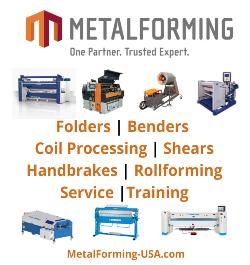

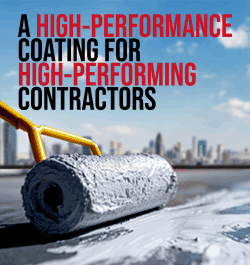
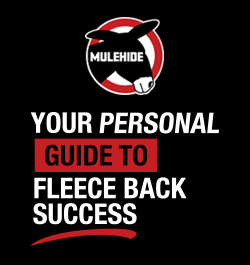

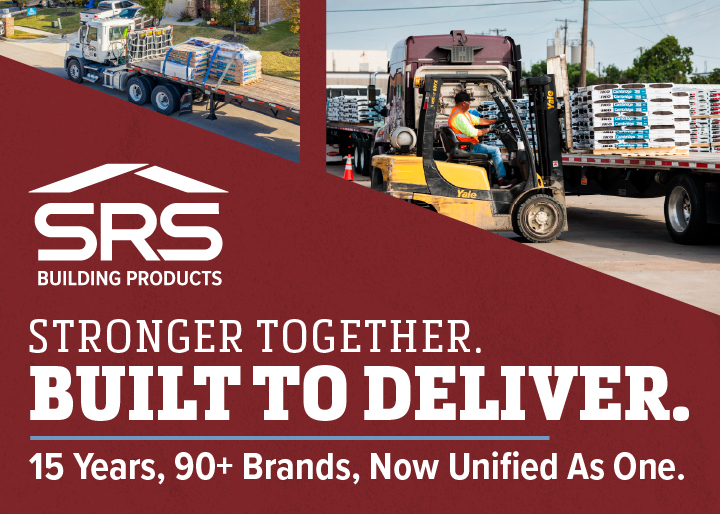
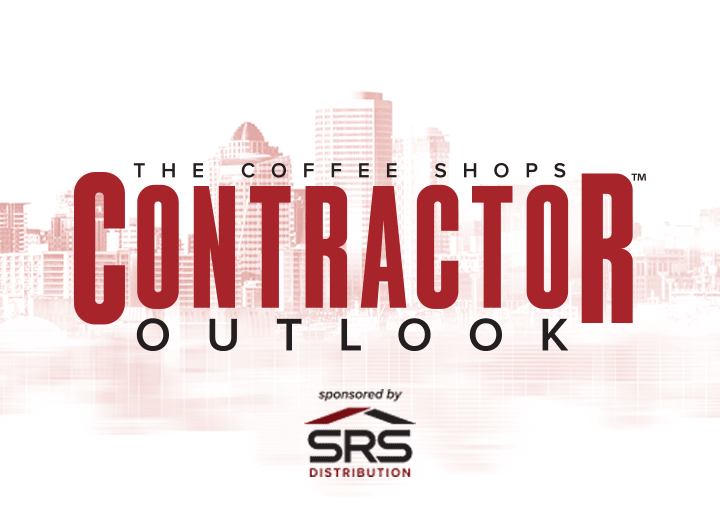
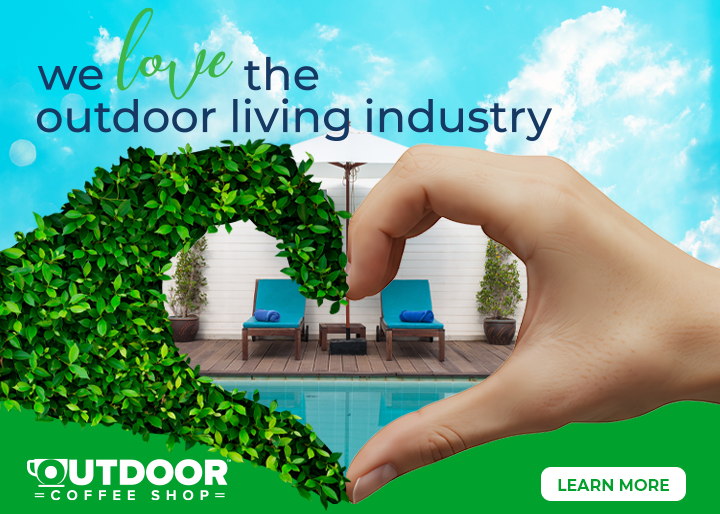
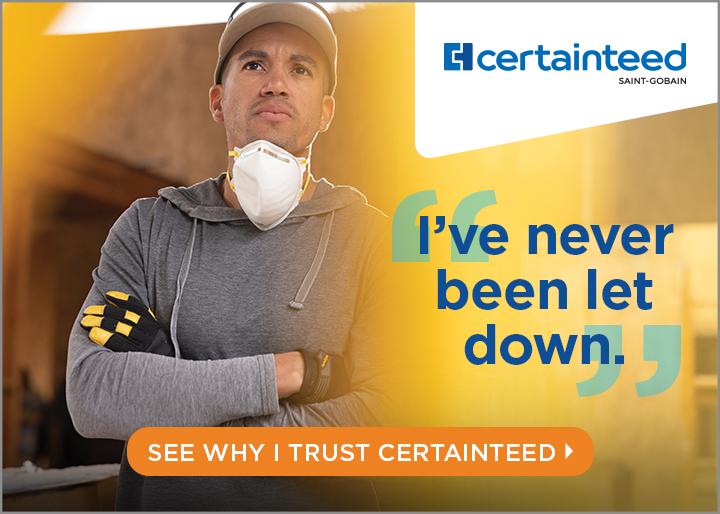
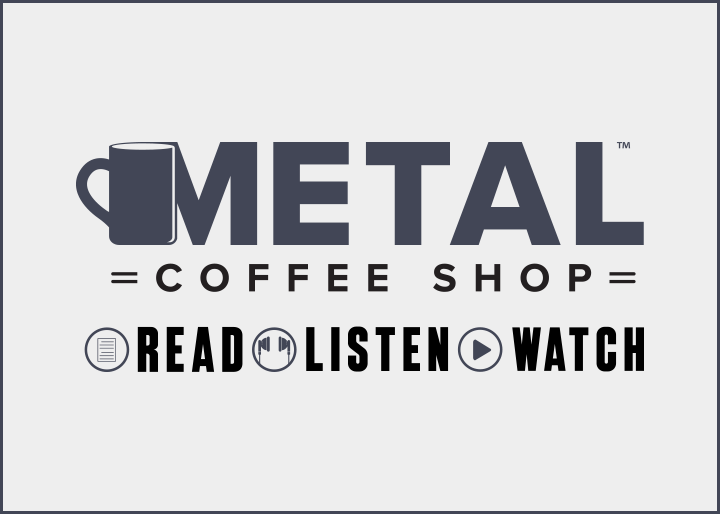
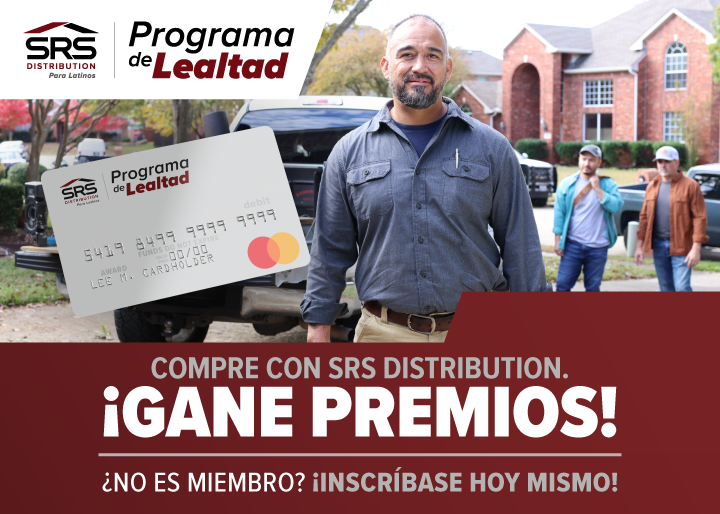
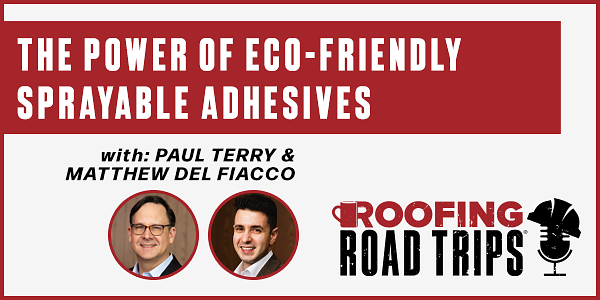


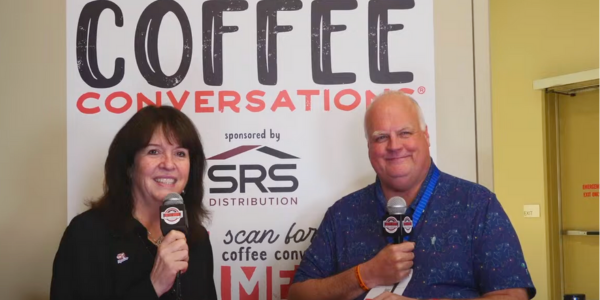






Comments
Leave a Reply
Have an account? Login to leave a comment!
Sign In